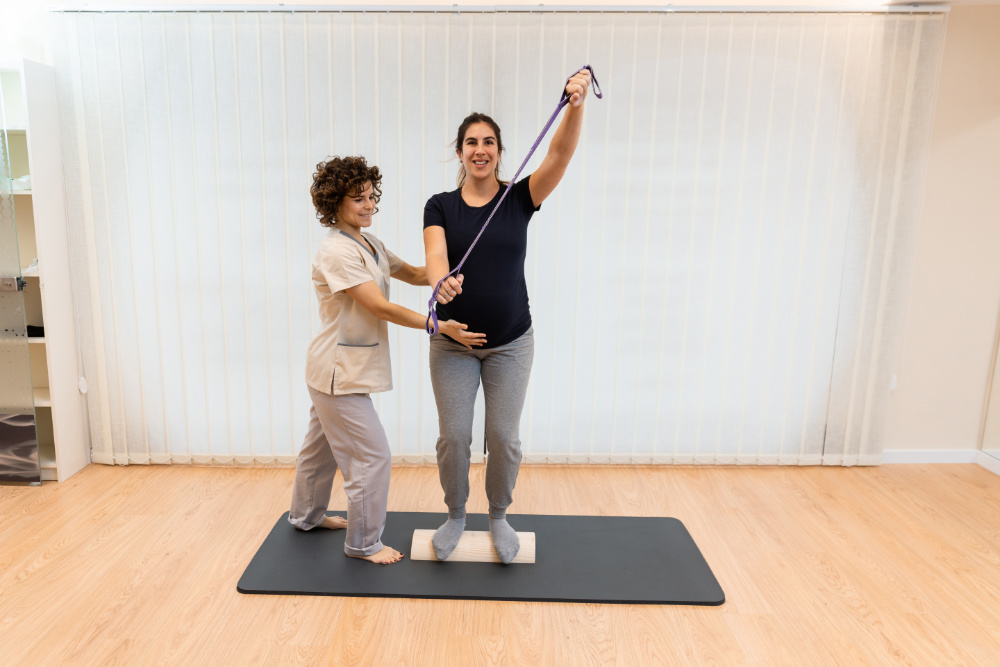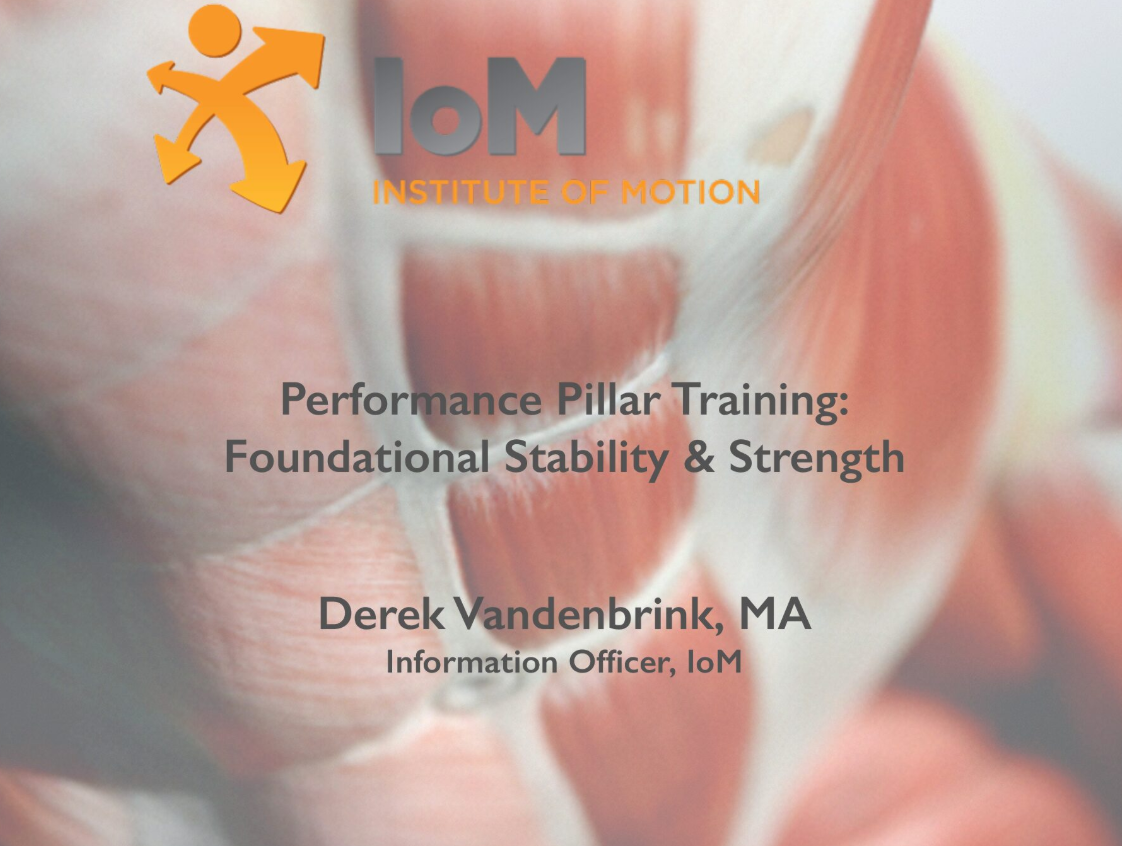Pre-Natal Exercise Guide: Safe Fitness During Pregnancy
Pregnancy is an exciting time, involving many physical, emotional and social changes. Sensible exercise is beneficial for healthy pre and postnatal women. It is absolutely vital, however, that they exercise at appropriate levels without compromising the wellbeing of their baby or themselves. The general changes associated with pregnancy have programming implications. In addition, some women experience pregnancy related conditions, which may further influence their exercise choice.
Working with women in the childbearing year is exciting and rewarding. Our role, as fitness professionals, is to guide them, at all times, in order to ensure safety, appropriate choice and good technique. To safely design exercise programs for pre and post natal women, instructors need to understand the physical and psychological consequences of pregnancy, plus problems that can occur, and their programming implications.
Benefits of Exercising During Pregnancy
Appropriate exercise provides physical and psychological benefits:
- Maintenance of general strength, fitness and health during pregnancy
- Assist physical and psychological progression through pregnancy
- Healthy body weight
- Awareness of body, posture and changes that are occurring over time
- Enhance healthy progression of pregnancy
- Mood, morale and self esteem
- Prevention of potential problems that can be associated with pregnancy
- Allow women to continue exercise in the presence of various problems
- Assist preparation for labour and early motherhood
- Recovery after labour and return to pre-pregnant weight and body shape
- Social interaction and emotional support
Changes That Occur During Pregnancy
Cardiovascular Changes
- Increased blood volume, cardiac output and resting heart rate
- Impaired blood flow in supine and standing positions
- Implications: Use perceived exertion, include warm-ups and cool-downs, avoid supine and stationary standing positions
Respiratory Changes
- Increased minute volume and oxygen uptake
- Altered shape of rib cage
- Lower threshold to shortness of breath
- Implications: Consider aqua exercise and immersion, be aware of shortness of breath
Metabolic Changes
- Increased metabolism
- Implications: Pay attention to nutrition and energy levels
Hormonal Changes
- Physical and psychological changes including forgetfulness and mood swings
- Relaxin affects joints, blood vessels, and ligaments
- Implications: Consider venous return, concentration, joints, and posture
Weight Gain
- Increased stress on joints
- Less space for other organs
- Impedance to venous return
- Extra stress on supporting structures
- Implications: Focus on posture, core strength, venous return, and joint care
Postural Changes
- Increased weight anteriorly creates changes in balance and posture
- Further loading on some joints
- Implications: Back care: mobility, awareness, posture, core strength
Abdominal Changes
- Stretched and weakened muscles followed by altered mechanics
- Risk of separation
- Implications: Focus on core rather than curls, modify abdominal exercises
Pelvic Floor Changes
- Stretched and weakened leading to potential loss of bladder and bowel control (short and long term)
- Implications: Pelvic floor care, advice and inclusion, careful exercise selection
Emotional and Psychological Changes
- Wide range and degree of emotional changes
- Mood fluctuations
- Feelings of apprehension about labour and life changes
- Changes in body image
- Implications: Consider the big picture when training
Exercise Contraindications
Women should not exercise if they have:
- Pre-eclampsia
- Incompetent cervix
- Placenta praevia after 26 weeks
- Ruptured membranes
- Intra-uterine growth retardation
- Venous or pulmonary thrombosis
- Maternal heart disease
- Uncontrolled hypertension
- Vaginal bleeding
- Pre-term labour
Warning Signs to Stop Exercise
A woman should stop or avoid exercising if she experiences:
- Excessive shortness of breath
- Chest pain or palpitations
- Severe headache
- Dizziness
- Faintness
- Feeling hot and sweaty
- Nausea
- Vomiting
- New or sudden joint pain
- Abdominal cramps
- New back pain
- Vaginal bleeding
Specific Exercise Considerations
Individual Programming
- Each pregnancy is different and the stages of pregnancy have varied exercise implications
- Women require individual programming and ongoing assessment
Pelvic Floor Care
- Risk of short or long-term incontinence or prolapse is increased by added stress on the pelvic floor
- Avoid jolting/bouncing the pelvic floor
- Educate women about the importance of pelvic floor exercises
- Incorporate pelvic floor exercises in all programs
- Suggest pelvic floor exercises as alternatives to other inappropriate exercises
- Cross train, focus on quality not quantity
Abdominal Training
Reasons to modify abdominal training:
- Altered mechanics
- Supine hypotension
- Risk of causing/increasing rectus diastasis
Abdominal work recommendations during pregnancy:
- Avoid excessive abdominal training, even early in pregnancy
- Abdominal curls are inappropriate after 16 weeks
- Transverse abdominis focus is important and beneficial throughout pregnancy and after delivery
- Core recruitment and abdominal alternatives are performed in various positions including sitting, standing, 4-point kneeling, side lying, and on a stability ball


